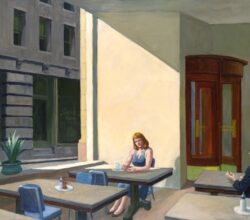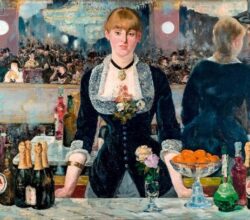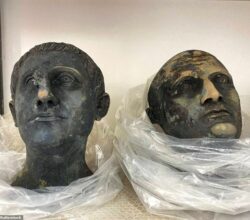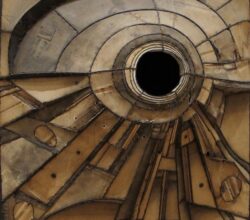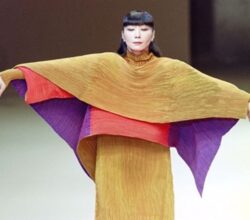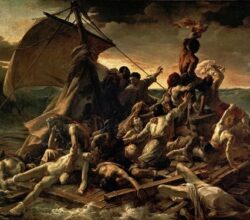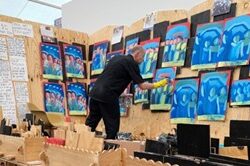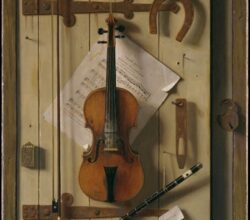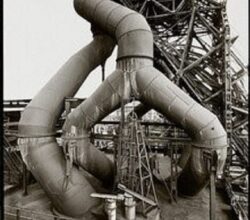
Still hot. Maurice Sendak’s ageless imagination
Nicole Rudick | Artforum | 31st October 2022
Believing children capable of pragmatic thinking, Sendak’s acclaimed illustrations combine “seriousness and play … and above all, truthfulness”. ‘To convey this complexity he frequently drew on art history. His art in Mr Rabbit and the Lovely Present, for example, seems to set the story in Monet’s gardens. Other work contains “a symphony of homages” to Titian, El Greco and Blake. All were used in “blending a child’s perspective with the visual vocabulary of “grown up” fine art”.

